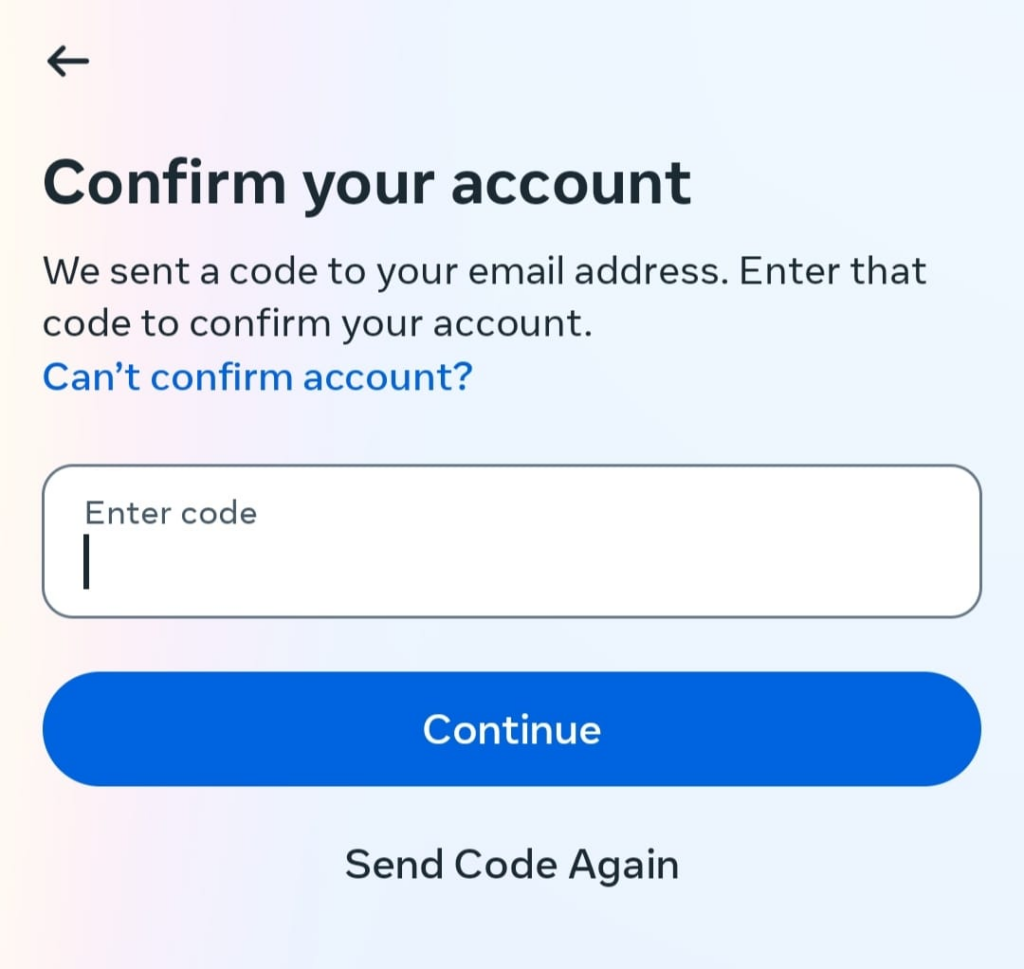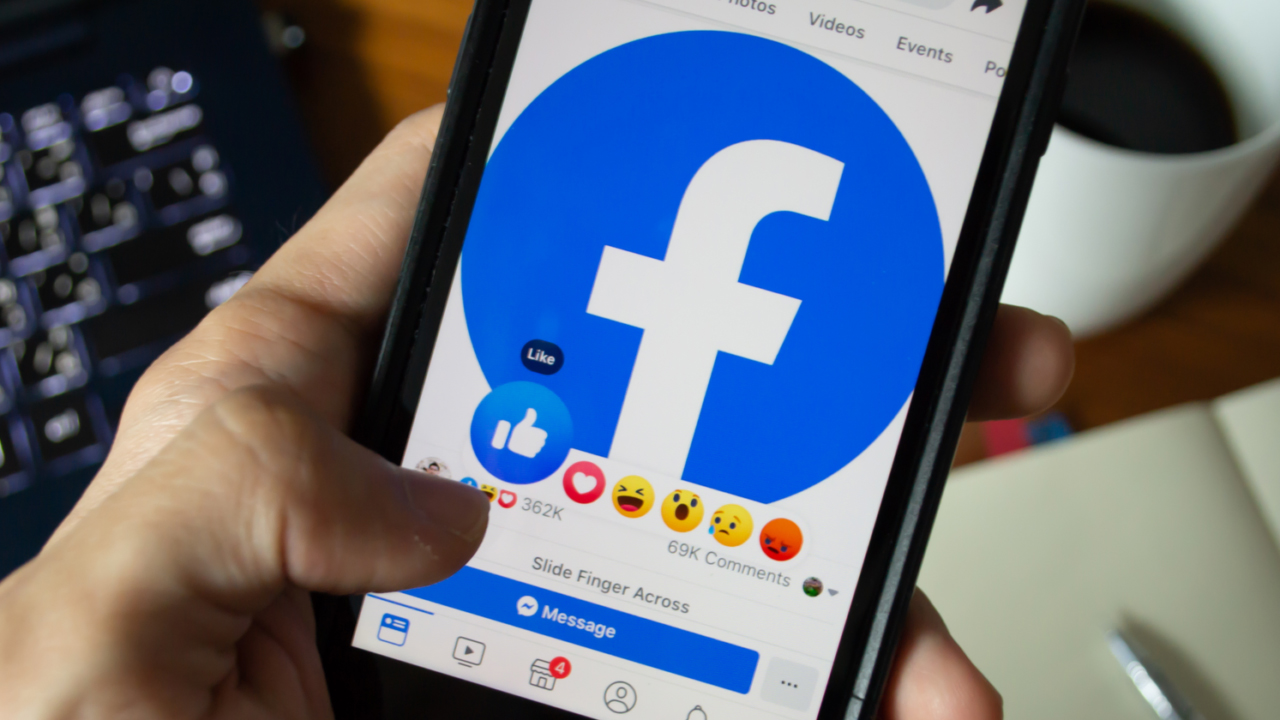Facebook Account Recovery Code Email
Watch out for tricks like the Facebook account recovery code fraud. Con artists use this to get your recovery codes. They often send fake emails or messages acting as Facebook asking for your code.
As more people try to steal online, keeping your info safe is a must. Know the risks and stay sharp to keep your accounts safe from these tricks. We’ll talk about the trouble with the facebook account recovery code email fraud and show you ways to spot and dodge these scams.
Knowing how cheat artists operate and the best ways to stay secure online can guard you and your data when you’re on social media sites like Facebook.
You can get your Facebook account back by using a code sent to your email or phone. This proves that the account is yours. But sometimes, Facebook doesn’t send this code. Here’s a simple way to solve the email code problem with Facebook.
How to get Facebook recovery code?
Recognizing Facebook Account Recovery Code Phishing
Phishing scams get more common, and learning the simple parts of account recovery code scams is vital. In these scams, the scammer pretends to be a trusted source like Facebook to fool people into giving up their recovery codes.
These codes often go to someone’s phone or email so they can get back into their account if they forget their password. Spotting a recovery code phishing trick is necessary to keep your personal info safe and dodge possible identity theft. If users know the usual tricks scammers use, they can stay safer and not get tricked by these fake plans.
Restart your phone
Go to your Settings
Click on Apps
Select Facebook
Tap on Storage
Clear Data and Cache
Return to the previous page, and choose Permission.
Click on Telephone and Select Allow
Go to your Gmail app
Click on Permissions and choose Allow for Telephone
On your browser, entercom
Enter your email address and password
Tap Login (you will be brought to a screen requesting you to input the code supplied to your email).
Click on Resend email
Check your inbox for the code
Input the code in the code box
And with these is the steps, the problem of Facebook not delivering codes is simply fixed.

How to Fix Facebook 6 Digit Code Not Received
Facebook sends a six-number code to your phone number or email linked to your Facebook account. When you need to make a new password or log in on a new gadget, and you don’t get this six-number code from Facebook to prove it’s you here’s how to fix the issue of not getting the Facebook six-number code.
1.Go to your Facebook login page with any browser.
2.Try logging in (Facebook will ask you to validate your identity using the code supplied to your phone number).
3.Click the Resend button on the Facebook login screen.
4.If the 6-digit code does not arrive via SMS, tap ‘Try another way’.
5.Enter the email address associated with the Facebook account.
6.Check both inbox and spam folder
7.And you will see the 6-digit code
Not getting the Facebook 6 digit code could either be caused by a bad network or the wrong phone number. This indicates that the Facebook account you are trying to get into isn’t linked to the number on your mobile device.
Impact Of Facebook Account Recovery Code Phishing
Phishing for Facebook account recovery codes can harm people and companies. When attackers grab recovery codes, they can get into Facebook accounts they don’t own, which brings many possible dangers with really bad outcomes. Stolen sign-in details could let bad people see your private info, money stuff, and secret messages, which is a big risk to your personal safety and privacy.
Also, if bad guys trick you and you fall for their phishing tricks, you might have your identity stolen, lose money to fraud, or get nasty computer viruses. You’ve got to stay sharp and take steps ahead of time to keep yourself safe from these threats.

facebook recovery code email
security at facebookmail
facebook recovery code email
facebookmail com scam
security at facebook mail
security facebookmail legit
Protecting Yourself From Facebook Account Recovery Code Phishing
To protect your Facebook, you must know about phishing dangers when bad people try to get recovery codes. Stop them by using multi-factor authentication for extra safety.
Choose tough different passwords and watch out for strange messages or emails that want your recovery codes. Also often check your Facebook security choices and stop letting sketchy apps use your account. Do all this, and you’ll avoid being tricked by these phishing scams.
How to fix the issue of not receiving in my security code for Facebook Account
Facebook recommends you activate two-step authentication to strengthen your account’s security. Choose how you want to get security codes when you sign in using a new device or browser. But if you link over two phones or email addresses, Facebook might think your account is weird and lock it for a while.
To unlock your account, you need the security code Facebook sends. Can’t get your code? Here’s what to do;
- Log in to your Facebook account
- You will notice the account has been blocked. Just below in that page, click on the Send Code Button
- If it doesn’t come, go to https://web.facebook.com/help/contact/179049432194862?_rdc=1&_rdr to access the Facebook “Help Center” where you can report the issue Enter your email address
- Briefly describe the issue
- Provide a screenshot of the page that was shown when you attempted to log in.
- After clicking "Send," watch for an email answer within 24 hours.
After then, adhere to the mail instructions that Facebook will send you. You should be able to fix the problem of not getting your Facebook security code if you properly follow the instructions.

Safeguarding Your Personal Information
Cybercrooks often use Facebook Account Recovery Code Phishing to break into user profiles. Keep your private info safe by making your account hard to see and keeping tight control over who sees your important data. Also, don’t post secret stuff on the internet, like account recovery codes, passwords, or your personal details.
Recognizing Phishing Attempts
Check messages you get for weird things. See if the sender’s email looks strange or if the message has bad grammar and spelling errors. Don’t trust it if it rushes you to give out private info or to click links you don’t know.
Make sure a message is real before you tell someone important stuff. You need to think before you act if you get messages like these. Learn about these tricks so you stay safe online and don’t get tricked by phishing.
Reporting And Responding To Facebook Account Recovery Code Phishing
If you spot someone trying to trick people with a fake Facebook code to get into accounts, tell Facebook right away. Click “Report Phishing” so Facebook knows and can stop others from getting tricked too.
If you think you got a fake Facebook account recovery code, don’t use the code or tell anyone. Check if the request is real using the right ways and turn on extra safety steps like two-factor authentication to keep your account safe from others getting in.
How To Resolve Not Receiving Facebook Password Reset code in Email
If you can’t find a Facebook password reset code email in your inbox, your Facebook account might not be connected to the email address you’re checking. To fix the issue of Facebook not sending the code to your email, try getting the password reset code with a code generator or by SMS. Here’s a way to fix the Facebook password reset issue by using SMS:
- Go to in the Facebook login page using the any browser.
- Click on Forgot account
- Among the options on the next page that will be displayed, Select a phone number.
- An SMS will be sent to you. Password Reset Code
- Open your SMS app and copy and paste the code.
- Then follow the on-screen instructions
- With this, you can simply overcome the issue of Facebook not delivering the code to email.
Why am I getting a facebook account recovery code email?
Why did I receive a Facebook code I didn't request?
How to get Facebook recovery code?
Facebook recovery code email without email

Conclusion
Be careful with scams that try to trick you into giving out your Facebook account recovery codes. Keep your private info safe and check where information is coming from. Don’t trust random messages that you didn’t expect. It’s a big deal to make sure your account is protected. Know about the dangers that could hurt your account’s safety, and do what’s needed to keep your online stuff from getting stolen. We’re the official help for Tecno, Infinix, Itel, and Oraimo customers after you buy their products. Our team at Carlcare is trained to fix phones and uses the best quality parts. If your screen breaks or you have any other phone trouble, no worries – Carlcare has your back.








1 thought on “Why am I Getting a Facebook Account Recovery Code Email?”